
© Vasyl - Fotolia.com
Many children today suffer from the consequences of a lack of exercise and poor nutrition at an early age. Physical activity is extremely important for healthy development right from the start. But how can we motivate our little ones to play sports and direct their urge to move in the right direction?
Practice early - not only for those who want to become a soccer player, but also for those who simply want to have a healthy body. The sooner sufficient exercise and an active lifestyle is integrated into everyday life, the more naturally it will be maintained later in life. Parents are responsible for promoting the sustainable health of their children. However, it is not always easy to lure children away from the television or computer and get them to play sports.
Widespread disease lack of exercise

The range of different opportunities for children and adolescents to do sports in their free time has also increased with the general wave of fitness in recent years. In school sports and at the various childcare facilities, a response was made to the apparent lack of exercise in a growing number of children. In many places, attempts are made to make break times more active for the pupils and to create additional incentives for more exercise.
The real problem lies elsewhere, however. Children nowadays have become more sluggish, especially when it comes to everyday activities. The main reason for this is the increasing use of media, even by the youngest. Around a quarter of children now only have an active time of a little more than an hour per day in which they really move. If they are left to their own devices at home, they often prefer game consoles or mobile phones to active leisure activities.
It is also worrying that children from socially disadvantaged families in particular show the greatest deficits in exercise. "The social situation is a great indicator of the mobility of children", says Andrea Möllmann-Bardak. She is the deputy managing director of the Berlin-Brandenburg Health Association. Among other things, the limited opportunities in the immediate vicinity are responsible for this. In the midst of densely packed apartment blocks and a lack of play facilities, the kids prefer to stay at home.
Study reveals the extent of the sedentary lifestyle
A long-term study by the Robert Koch Institute on the Health of Children and Adolescents in Germany (KiGGS) examines the physical activity behavior of a total of almost 18,000 children between the ages of four and seventeen in several individual modules. The study will run until 2020, but two of the modules have already been completed and have produced relevant results. "A lack of exercise (was) never before such a big problem as it is today", says Professor Dr. Alexander Woll from the Karlsruhe Institute of Technology (KIT), which is responsible for the motor skills module in the study. "There are more and more children with abnormal motor skills".
A wide variety of parameters were included in the study. Both the respective physical development status was documented and the ability to move was examined using various tests.
Even basic movement patterns such as running backwards or balancing on a narrow beam overwhelm the physical abilities of many adolescents.
Child health problems

© dglimages - Fotolia.com
Apart from the disadvantages that result from coping with the most varied of tasks in everyday life, there are other negative effects. Above all, health is impaired by the lack of movement. The consequences on physical and mental development are diverse:
- Little developed muscles
- Motor malformation
- Posture damage
- Generally lower performance
- Obesity
- Lack of concentration
- Disorders of perception and coordination
Studies in schools throughout Germany have shown that the number of obese children roughly doubled between 1993/94 and 1999/2000. In addition to less activity in everyday life, an incorrect diet is also responsible for this. If the children's natural urge to move is restricted or suppressed too much, the children often also tend to aggressive behavior or dissatisfaction.
Leisure activities today

According to the KiGGS study, a little over three quarters of 3- to 17-year-olds do sport regularly - the majority of them in a club. Overall, more children than before take advantage of organized sports. An increased need for care after school has also led to a higher number of clubs.
Nevertheless, the gap between the different educational levels is most evident here. The majority of the members in the sports clubs are members of the middle or upper class. Despite the time available, some parents from the Harz4 milieu seem to be unable to instruct their children to exercise sufficiently.
Many spend most of their free time in front of the screen anyway, be it television, computer, game console or mobile phone - regardless of their social environment. The passive sprinkling has become more attractive for the children than being active themselves. The colorful virtual world often seems more interesting and pleasant than dealing with real challenges in real life.
In addition to various deficits due to the lack of exercise, many educators and teachers also report that the children's creativity has decreased - also a consequence of the changed leisure habits. The ability to occupy oneself or to reflect on experiences has also decreased.
Effects on development
Movement, including of one's own accord, is one of the most important sources of motivation when learning new skills. Through the sensual experience of one's own body on the one hand, and through interaction with the environment on the other, we can train important movement sequences and other qualities.
The first movements make it possible for babies to gradually expand their radius of action and to come into contact with the environment. Various action impulses that characterize childhood are linked to active movement:
- Joy in movement
- curiosity
- Need for variety and new stimuli
- Need for recognition
- Need for performance
The scientific field of psychomotricity deals with these processes. Through one's own perception in combination with movement, necessary experiences are made and connections can be recognized:
- Body experience promotes self-competence: This includes, for example, experiencing your own limits, assessing your own possibilities, proportions or developing an image of yourself.
- Through material experience, specialist skills are acquired: This includes knowledge about how to deal with other things, haptic experiences or feedback on one's own interaction.
- Social skills are developed through social experience: This point includes comparing with others, playing with or against each other, or adapting to the circumstances and being open to challenges.
Healthy growth needs exercise

© Matthew - Fotolia.com
If there is a lack of opportunities to move around sufficiently, then on the one hand psychological development is also restricted. The more diverse the challenges, movement and action situations for children, the more creative action is required.
But general growth also needs movement.Physical activity promotes the release of the growth hormone somatropin. This hormone is still very important in adulthood. Too little somatropin leads to more fragile bones, reduced muscle mass or increased fat storage in the tissue. The entire organism is challenged and supported by movement. Ligaments and tendons tighten and support the skeleton, and muscle mass is also formed.
Some employment opportunities today only offer very one-dimensional options for movement or narrowly defined ways of using and finding solutions. Imitation is placed in the foreground. Own play options or alternative interpretations that promote creativity and the urge to research take a back seat. So it is very important to create a wide variety of incentives and provide different challenges. If this is not possible or only to a limited extent in one's own direct environment, courses or clubs offer the necessary support.
Learning effects in sports
A wide variety of sports can make a vital contribution to learning basic skills. New movement patterns improve coordination or flexibility and muscle strength, but also promote social interaction. Children can learn to deal with successes or failures and to develop more self-confidence and trust in themselves. In addition, various values can be conveyed, rules learned and discipline acquired. The most important learning effects are summarized here:
- Team spirit, cooperation with others
- Condition and stamina
- Body control
- Well-being and body awareness
- Discipline and perseverance
- concentration
- Ambition and motivation
The whole thing is playful and uses the natural drive. Especially when doing sports with others, the focus is on fun and the community experience. Many of the experiences can then be transferred to other areas of life by the children and young people. A sense of achievement after exertion, for example, strengthens self-confidence and creates a connection between positive results and personal commitment. The positive effect on the psyche of children and adolescents has recently been confirmed by various studies.
Promoting physical activity
Basically we are born with a certain urge to move. On the one hand, it serves as a drive to become active on your own and to learn new movement patterns according to the principle of trial and error. On the other hand, it makes sense to encourage the children to take on bigger challenges through specific guidance, because they cannot master everything on their own without support. It is important to support the children's own initiative and, if necessary, to steer it in the right direction:
- Playing and moving together: By experiencing the activities together with the parents, the parent-child bond is strengthened. It also creates positive experiences that are related to the sport.
- Regular contact with others: Children encourage each other to be active. In addition, various social skills can be developed.
- Create a child-friendly environment: Space to run around and be active should be made possible in the children's room and the rest of the apartment as well as in the outside environment. The easier and faster the play areas can be reached, the more often and more independently the children can get exercise.
- Praise as positive feedback: In addition to the feedback that can be experienced through one's own sensory perception, praise or targeted positive reinforcement is a good incentive for further activities.
- Exercise in the fresh air: Exercise in the fresh air is particularly beneficial for health. A regular dose of sunlight and the oxygen kick really stimulate the organism.
- Creating targeted challenges: Adapted to the age of the children, new incentives ensure further development and motivate them to try things out for themselves and learn to master them.
- Let help in everyday life: The little ones can also be involved in everyday household chores such as vacuuming or watering flowers. Different movement patterns are also trained.
Learning to master challenges
In the club it is possible for the children to see and assess their performance in comparison with others. On the one hand, the competition encourages people to try and learn new things. On the other hand, the experience in the group is also a positive psychological support. Doing sports is combined with fun and creates wonderful memories.
In addition to the internal competition in the club, there are also various other competitions available from a certain age, which can be even more motivating as a special event. There are different opportunities to do this in both team and individual sports.
At football tournaments or city runs, the little ones can prove themselves in a special setting. The latter are open to all participants, regardless of membership in a sports club. Depending on the age and individual abilities, you can usually choose between different distances. The completely new experience of such a competition in a group creates new incentives and motivation to achieve a set goal. Through positive success, many develop a great interest in improving and, for example, doing better next time.
The right sport for all ages
The versatility of different movements is very important in small children. This is dealt with in special offers such as parent-child gymnastics. Little by little, the urge to move develops from mere experimentation and trial and error to learning specific processes.
Other disciplines sometimes only offer restricted and specialized movement patterns. Therefore, it is not always advisable to push children into a single sport. During this time in particular, the little ones want to try their hand at something and are looking for variety in different disciplines. In this way, more varied physical and motor skills can be developed.
Which sport is suitable from which age, however, also depends heavily on the individual physical and mental development. Due to personal "movement experience", only guidelines are possible here. However, through targeted support when practicing special disciplines, deficits can also be quickly made up.
Maintain motivation In three different phases, children are particularly prone to adopting a "lazy" lifestyle, says Dr. Susanna Wiegand from the Charité in Berlin. The toddler phase (2 to 4 years of age), the period after starting school and puberty await with special challenges or new life circumstances and often cause a psychological imbalance. During these phases, parents should make sure that the little ones get enough exercise.
New incentives, for example by trying out a new type of sport or jointly active activities, can maintain the motivation to do sports.
Sports education in kindergartens and schools
Many childcare facilities, kindergartens and later schools are now making more extensive offers available to counteract the lack of exercise in children. This ranges from additional course offers in the afternoon care to expanded opportunities to be more physically active between school hours and in the breaks. Various practical examples show how diverse corresponding solutions can look here.
The challenge here is to bring children with different levels of movement experience and physical development under one roof.
Tasks of the public bodies

Some parents would like the public institutions to take on more responsibility for physical education for their children - and at the same time give this up to a certain extent. In daycare centers, it is often easier to encourage the urge to move through active and physically demanding games.
At the latest in school, however, you should sit still during lessons. In addition, especially in the urban environment, there is a lack of opportunities to play, romp and roam around safely and informally outside on the street without instruction. The lack of movement then has to be cushioned elsewhere.
Even if parents are not allowed to evade their task and responsibility in this area, especially with the youngest, the public institutions in many places are facing the changed requirements.
Pedagogical Perspectives
It is important to make parents aware of the importance of adequate exercise for the health development of their children right from the start. In this area too, courses in which adults and their offspring are active can convey information and knowledge.
The earlier children learn that exercise is a natural part of everyday life, the more positive the experience with their own body, for example when they are allowed to let off steam undisturbed without setting goals. Parents in particular, as the most important caregivers, can set a good example and live an active lifestyle themselves.
The longer children stay in other care facilities, the stronger the influence and thus also the necessary guidance for movement from this side. Educators and support staff must be trained accordingly. The educational institutions are also increasingly entering into cooperation with sports clubs in order to pool skills and resources. This creates new opportunities and starting points for the children, where they can pursue their urge to move to their heart's content.

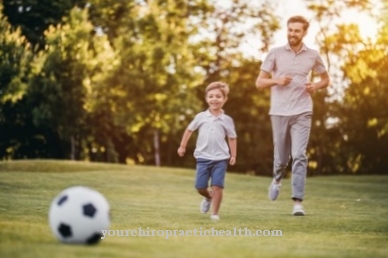
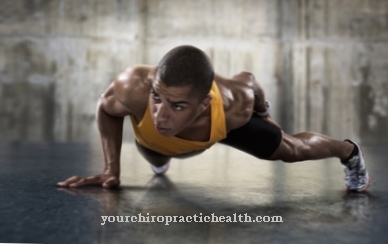


.jpg)
.jpg)
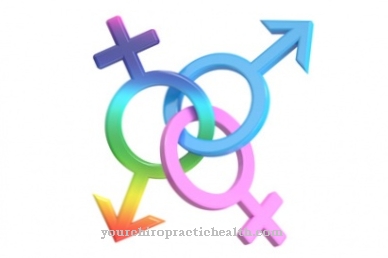

.jpg)
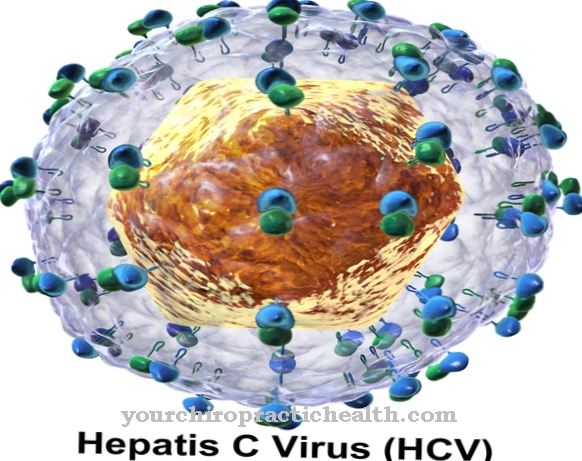
.jpg)
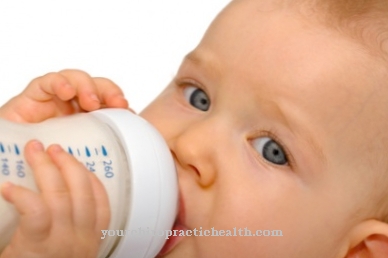


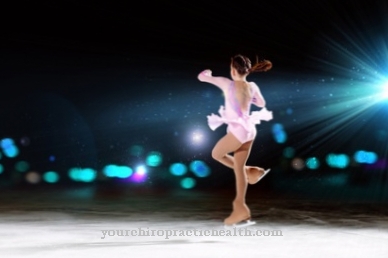



.jpg)
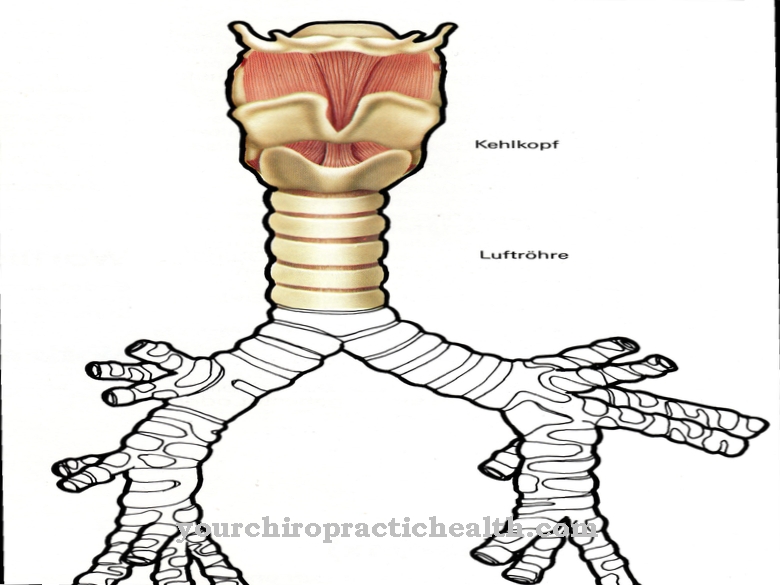
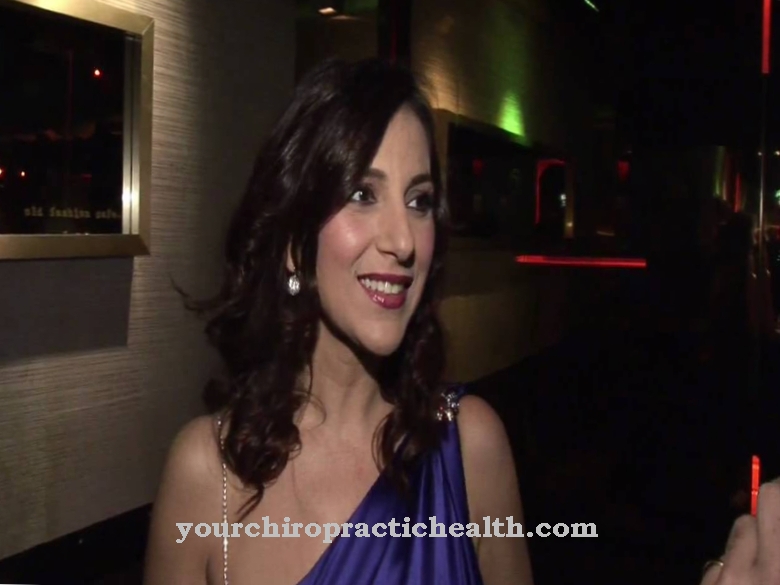

.jpg)
